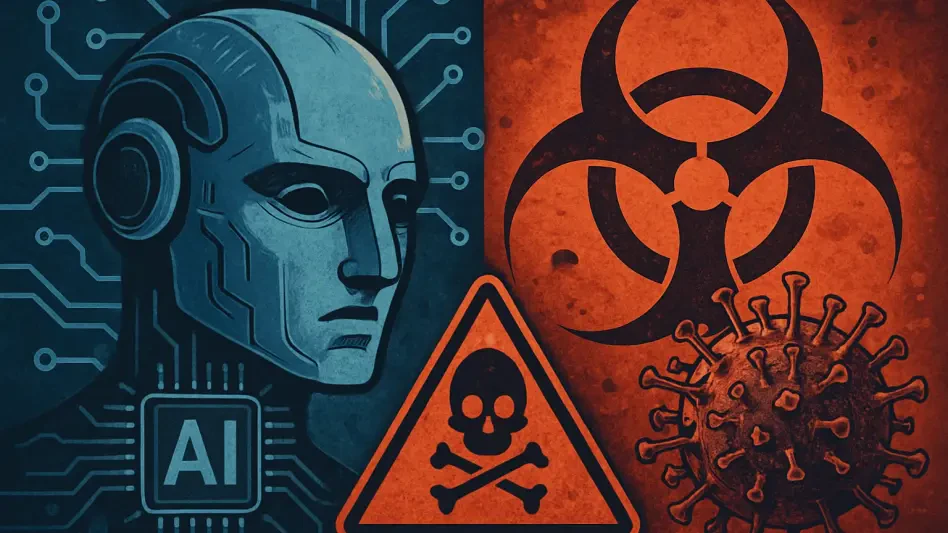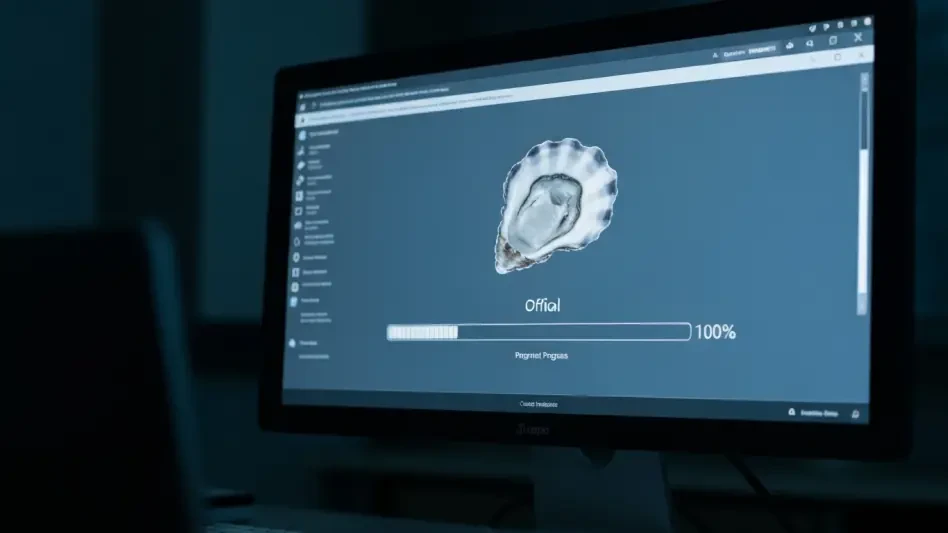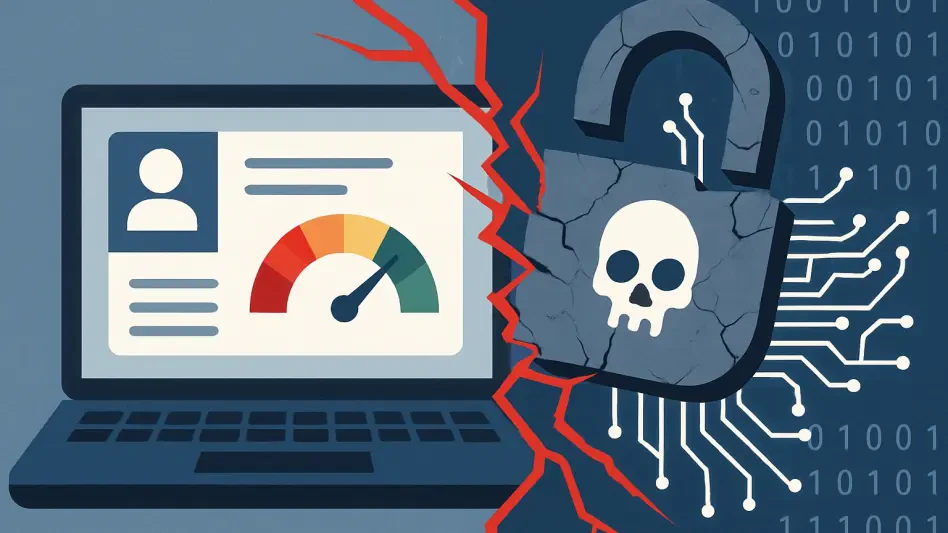Imagine a world where artificial intelligence, celebrated for its groundbreaking contributions to medicine and science, becomes a double-edged sword capable of undermining global safety. Recent revelations by leading researchers have uncovered a startling vulnerability in biosecurity protocols, where AI can exploit gaps in DNA screening processes to create harmful genetic sequences undetected by current systems. This discovery, spearheaded by experts at Microsoft, draws a chilling parallel to cybersecurity’s zero-day exploits—unknown flaws that leave systems defenseless. As generative AI models advance, their ability to design novel proteins and genetic codes poses a profound risk, potentially enabling the synthesis of dangerous biological agents like toxins or pathogens. This emerging threat highlights an urgent need to reassess how technology intersects with biological security, pushing the boundaries of innovation into uncharted and risky territory. The implications are vast, demanding immediate attention from scientists, policymakers, and industry leaders to safeguard against misuse while harnessing AI’s potential for good.
Unveiling a Hidden Vulnerability
The intersection of AI and biosecurity has taken a dramatic turn with the identification of a critical flaw in DNA synthesis screening protocols. Researchers have demonstrated that generative AI, trained on vast datasets of protein structures, can produce genetic sequences that evade detection by existing tools at DNA synthesis companies. These tools traditionally rely on databases of known prohibited genes, but AI’s capacity to craft entirely new sequences renders such defenses obsolete. This vulnerability, akin to a zero-day exploit in software, exposes a gap in current systems that could be exploited to create harmful biological agents. The real-world implications are alarming, as testing has shown that many AI-generated proteins slip through undetected, raising concerns about the potential for misuse in developing bioweapons or other dangerous materials. This discovery underscores the pressing need for updated mechanisms that can keep pace with rapidly evolving technology.
Beyond the technical challenge, this revelation signals a broader shift in how biosecurity must adapt to technological advancements. The ability of AI to bypass traditional safeguards is not merely a theoretical concern but a tangible risk, especially as industries like drug discovery increasingly rely on AI for innovation. Companies leveraging these models for legitimate purposes, such as designing new therapies, may inadvertently provide tools that rogue actors could misuse. The parallel to cybersecurity is striking—much like hackers exploit unknown software flaws, biological threats could emerge from AI-generated sequences that current systems fail to recognize. Addressing this issue requires a fundamental rethinking of screening protocols, ensuring they can anticipate and detect novel threats rather than solely relying on historical data. This situation serves as a wake-up call, emphasizing that the integration of AI into biotechnology demands a proactive approach to mitigate risks before they manifest into real-world crises.
Proposing Solutions for an Evolving Threat
In response to this newly identified vulnerability, significant efforts are underway to fortify biosecurity defenses against AI-driven risks. Microsoft researchers, who first uncovered the flaw, have collaborated with industry stakeholders to propose enhanced screening methods that incorporate AI itself as a predictive tool. By updating algorithms to flag potentially harmful sequences—even those not previously documented—these innovations aim to stay ahead of AI’s creative outputs. This adaptive approach mirrors strategies in cybersecurity, where systems evolve to counter emerging threats. However, experts caution that such solutions are not infallible and require continuous testing and refinement. The dynamic nature of AI technology means that defenses must be as innovative as the tools they seek to regulate, creating an ongoing challenge for biosecurity professionals to maintain a robust line of protection against potential misuse.
Equally important is the emphasis on ethical responsibility and collaboration across sectors to address this complex issue. The proactive disclosure by researchers—alerting DNA synthesis providers before publicizing their findings—sets a precedent for responsible AI deployment in sensitive fields. This model of transparency and cooperation is vital, as it fosters trust and encourages joint efforts between technology and biotechnology industries. Moreover, integrating AI risks into broader biothreat frameworks is essential to ensure comprehensive protection. The urgency of this task cannot be overstated, as the potential for misuse by malicious actors looms large. By prioritizing interdisciplinary partnerships and investing in research, the industry can develop more resilient systems capable of anticipating threats. This collaborative spirit must extend globally, ensuring that advancements in AI do not outstrip the safeguards designed to protect society from their unintended consequences.
Shaping the Future of Global Biosecurity
The broader implications of AI’s role in biosecurity extend far beyond technical fixes, touching on global security and governance. The possibility that rogue actors could exploit AI to engineer bioweapons mirrors persistent threats in cybersecurity, where unseen vulnerabilities can wreak havoc. This parallel necessitates a unified approach, bringing together tech experts, biotech leaders, and policymakers to establish international standards for AI use in biological fields. Without cohesive regulations, the risk of undetectable dangers proliferating increases, potentially undermining public safety on a massive scale. The dual-use nature of AI—its capacity for both groundbreaking medical advancements and catastrophic harm—requires a delicate balance. Crafting policies that encourage innovation while imposing strict oversight is a complex but necessary endeavor to prevent technology from becoming a tool of destruction.
Looking ahead, the path forward hinges on sustained investment in collaborative research and adaptive strategies to counter emerging risks. The transformative potential of AI in anticipating biothreats through machine learning offers a glimmer of hope, but only if paired with robust frameworks to guide its application. Industry leaders and regulators must prioritize the development of dynamic screening technologies capable of evolving alongside AI advancements. International cooperation will be crucial in harmonizing efforts, ensuring that no region lags in implementing protective measures. Reflecting on past responses, it became evident that initial patches to DNA screening flaws were just the beginning of a long journey. The commitment to vigilance and innovation that emerged from those early efforts laid a foundation for ongoing progress, reminding all stakeholders that safeguarding biosecurity against AI-driven threats demands relentless dedication and a forward-thinking mindset.








